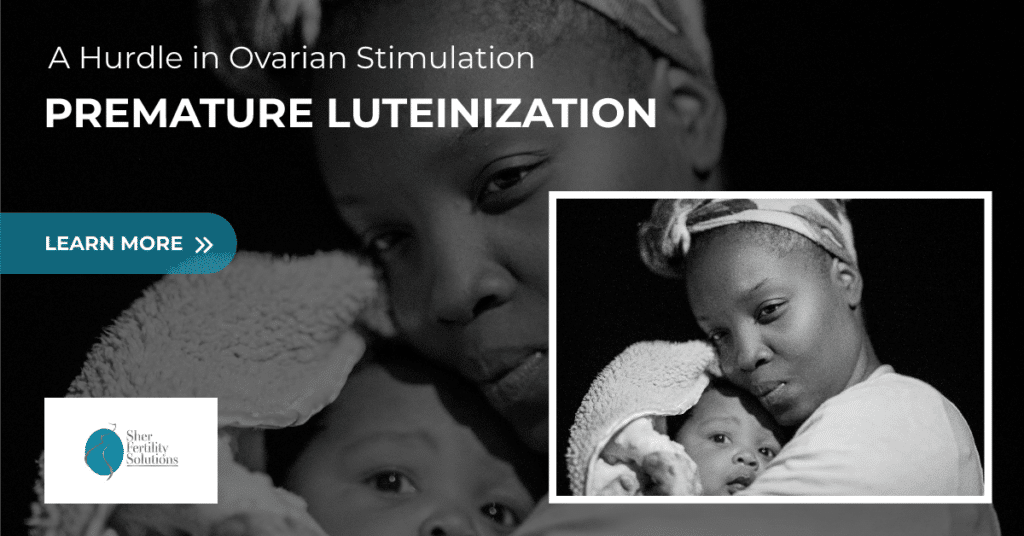Premature luteinization, is a condition where a progressive increase in LH (luteinizing hormone) disrupts the development and maturation of follicles and eggs before the planned hCG trigger is initiated. This phenomenon is not an isolated occurrence; it results from a series of ovarian events, often affecting susceptible women, particularly older women and those with diminished ovarian reserve (DOR). It is more likely to happen when the ovarian stimulation protocol fails to keep LH levels low throughout the stimulation process.
Once premature luteinization sets in during a stimulation cycle, it cannot be reversed by altering the ongoing stimulation or by administering GnRH antagonists like Ganirelix, Cetrotide, or Orgalutron midway through the cycle in the hope of rescuing the developing eggs. Unfortunately, once it starts, the cycle is likely to fail. This condition raises the risk of premature ovulation, unsuccessful egg retrieval (referred to as “empty follicle syndrome”), and the occurrence of chromosomal abnormalities in eggs and embryos.
This issue is most commonly observed in older women and those with severe DOR. However, its impact can be mitigated through personalized and strategic protocols for controlled ovarian stimulation (COS), along with optimizing the type, timing, and dosage of the “hCG trigger shot.”
Typically, the “trigger shot” is administered after optimal ovarian stimulation to initiate meiosis (reproductive division) within 36- 40 hours, reducing the chromosome count from 46 to 23. Additionally, it enables the egg to detach from the follicle wall for easy retrieval.
Older women and those with DOR tend to have higher levels of biologically active LH, which promotes the production of excessive male hormones (predominantly, testosterone) by ovarian connective tissue. A controlled amount of testosterone is necessary for healthy follicle development and egg development (oogenesis) induced by FSH (follicle-stimulating hormone). Excessive LH activity can result in overproduction of ovarian testosterone, compromising oogenesis and leading to a higher likelihood of chromosomal abnormalities in eggs following meiosis.
Women with increased LH activity due to age or DOR are particularly vulnerable to the effects of prolonged exposure to LH-induced ovarian testosterone. Medications or protocols that further stimulate pituitary LH release, contain LH or hCG, or promote increased exposure to the woman’s own pituitary LH can be detrimental.
To address this issue effectively, it is crucial to tailor COS protocols, choose the appropriate hCG trigger dosage and type, and administer it at the right time. For urinary-derived hCG (such as Novarel, Pregnyl, and Profasi), 10,000U is the ideal dosage. When using recombinant DNA-derived hCG (like Ovidrel), 500mcg is recommended. Using lower dosages can increase the risk of egg chromosomal abnormalities and affect the overall outcome of IVF treatments.








